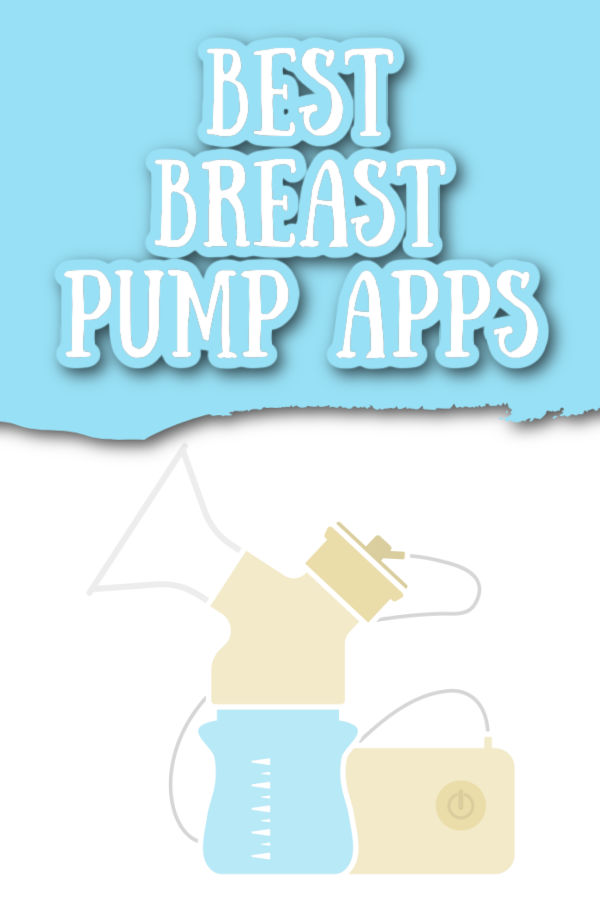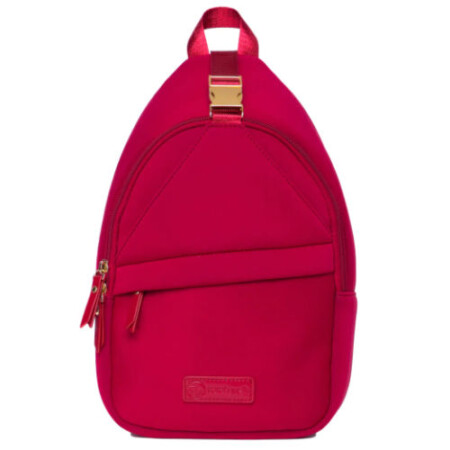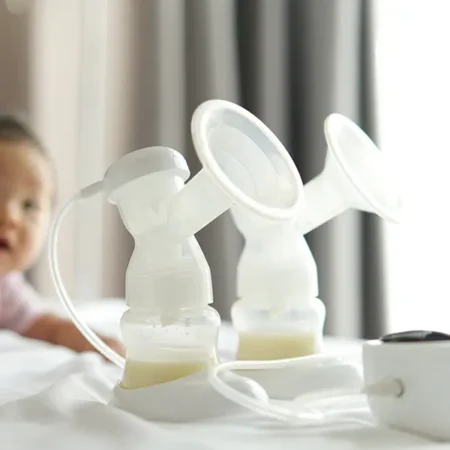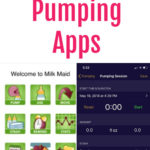Breast pumping apps can be a great tool to keep track of how much you are pumping and how much your baby is eating. But what are the best breast pumping apps for tracking pumping sessions and output?
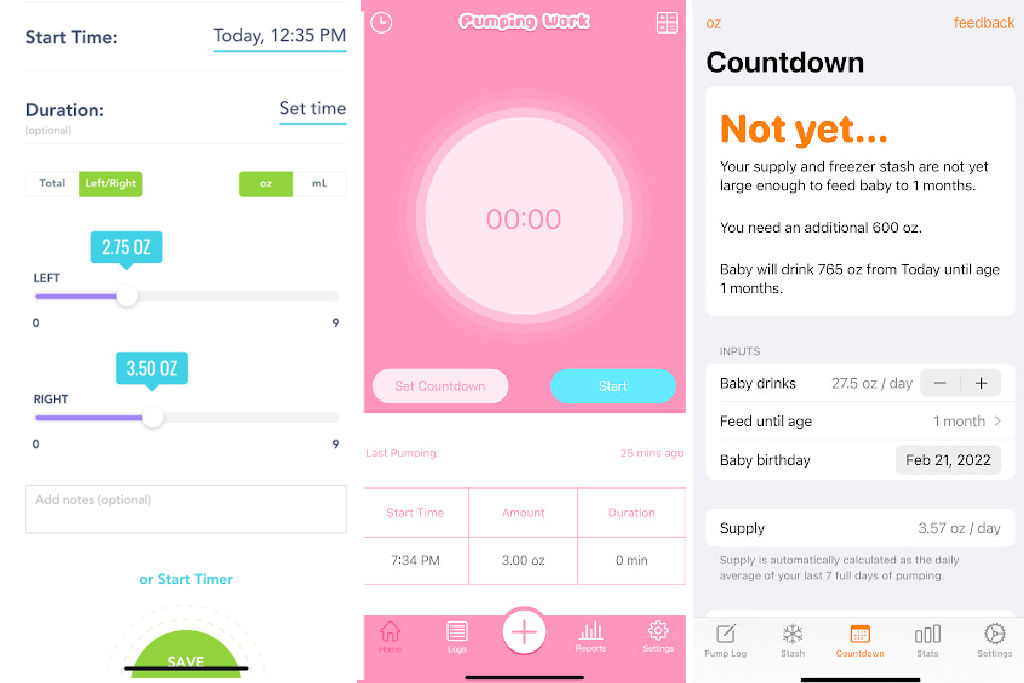
This post may contain affiliate links, which means if you click a link and purchase something, I may make a small commission at no additional cost to you. I only recommend products I love! More information here.
Before deciding which app to get, you have to decide what you want it to use it for. Do you want to just track how much you pump at each session? Or is tracking your stash of milk more important? Do you want one app to track everything related to your baby, or a pumping-specific app?
I played around with some pumping apps and here are my thoughts.
1. Pump Log
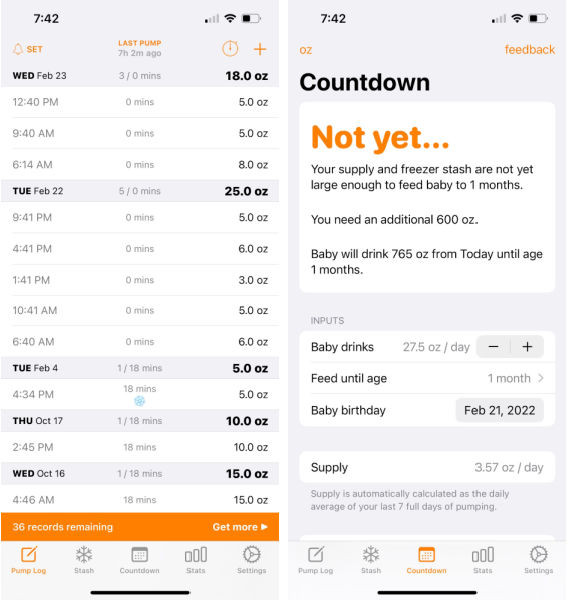
Price: Free for the first 50 pump session records, and then $8.99 to continue using it after that.
Platforms: Apple (iPhone).
Features
One of the most popular features of Pump Log is the Countdown Calculator – it allows you to determine when you have enough of a freezer stash to stop pumping.
It also allows you to track the start time, duration, output, and notes for pumping sessions. You can graph length of pumping sessions and output over time to look at trends.
Pros:
This is a pretty simple app that’s focused on pumping – it does a few things but does them mostly well.
- I like that the alarm setting functionality is flexible – you can set the next time, versus it going off every X number of hours (which might not be your schedule).
- If you’re exclusively pumping and building a freezer stash, the Countdown Calculator is great.
- You can log sessions after the fact.
- The graphing feature so you can see your stats works well.
- There are no ads.
Cons:
- It only tracks pumping, so if you want to track everything baby-related in one app, this probably isn’t the best one for you.
Need help with exclusive pumping? Use EPUMP30 for 30% off
2. Huckleberry

Price: Free; Plus is $9.99/month (but the Plus version is focused on sleep and there’s no additional pumping functionality)
Platforms: Apple (iPhone), Android.
Features:
An all-in-one baby tracker that is primarily focused on helping you get your baby to sleep – but also has pumping and feeding tracking.
Pros:
- This app is flexible with how it allows you to log pumping sessions (either by the Start button or by logging it later)
- You can also track baby’s feeding as well as sleep, medication, diaper changes, solids, etc.
- Calculates statistics like average amounts, average time spent pumping, etc.
Cons:
- It does not track stored milk at all.
3. Pumping Work
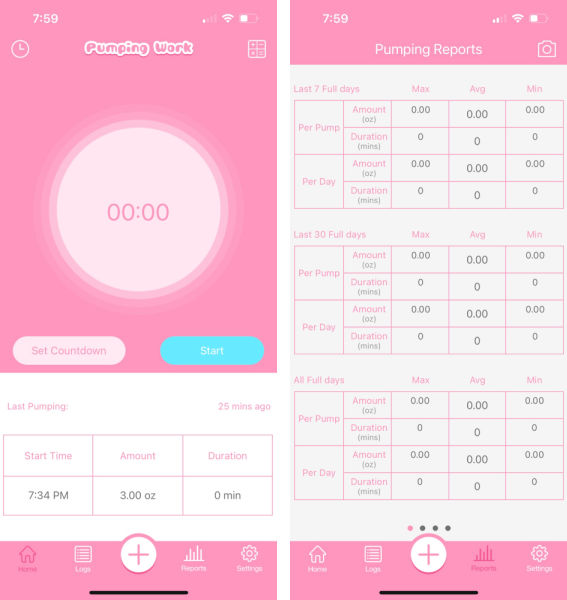
Price: Free; Pro version is $1.99.
Platforms: Apple (iPhone).
Features:
Allows you to track the start time, duration, output by side, and notes for pumping sessions. You can also indicate whether the milk is fresh, frozen, or has been fed to your baby.
There is reporting that allows you to see trends for duration and output.
The free version has ads but the Pro version does not.
Pros:
- This app is flexible with how it allows you to log pumping sessions (either by the Start button or by logging it later).
- I like the log view that shows you your past sessions (time and output).
- The stash just calculates a single number, it doesn’t have different line items for different locations.
Cons:
- The ads on the free version are a bit intrusive when you try to look at the reporting; I kept getting sent to a game center and wasn’t able to see the charts. When I upgraded to the Pro version, the ads went away.
Breast Pump Bags
4. Milk Stash
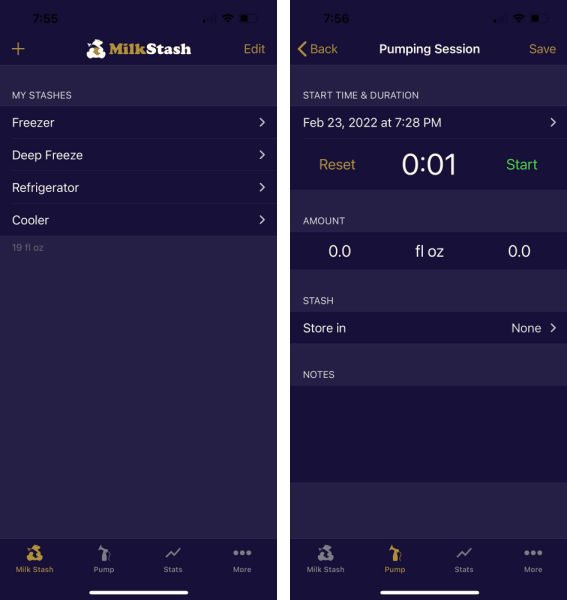
Price: Free.
Platforms: Apple (iPhone, iPad)
Features:
The app allows you to create different “stashes” and calculate how much milk you have stored in each. So, for example, you might have a refrigerator stash, a freezer stash, and a cooler in transit home from work.
You can also track the amount of time that you pump and how much you get from each session.
Pros:
- It allows you to see how much your pumping output fluctuates from day to day, which means you can identify gradual supply drops easily and address them.
- You can also connect your account with a caregiver, so that you can track your breast milk elsewhere as well.
- You can access the app via the web in addition to the app. It’s free, and there are no ads.
Cons:
- The milk storage guidelines are overly conservative (for example, 42 days in the freezer). However, you can adjust this in settings.
5. Milk Maid
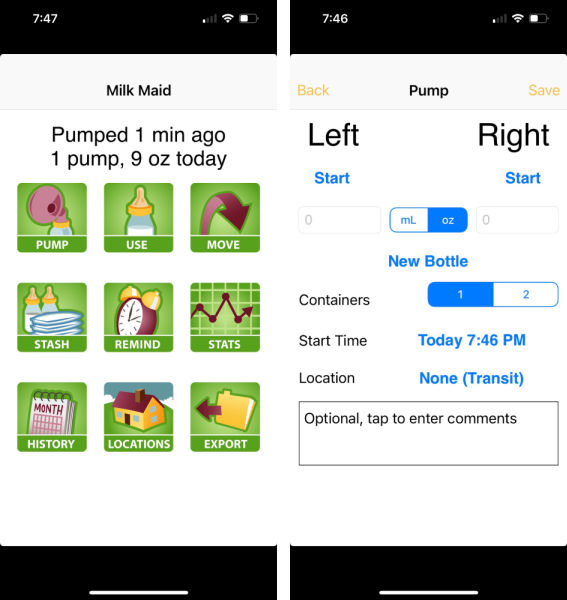
Price: $2.99
Platforms:Apple (iPhone, iPad)
Features:
Allows you to track pumping time and output, your stash, and the use of milk.
You can see how much milk you have in the different locations that you can set up (Home Fridge, Daycare Fridge, etc.), and you can view and export pumping and feeding stats. It also has an alarm to remind you that it’s time to pump.
Pros:
- Ability to see exactly how much milk you have at any given location.
- Calculates how many days of milk you have stashed based on your baby’s intake and how much you have stored.
- Has stats that show you trends on how much you’re pumping on each side, how much you’re feeding your baby, how much time you’re pumping and the length of your pumping sessions.
Cons:
- If you don’t have a stash and normally feed milk right after pumping it, this may be more complicated than you need.
- No option to try the app out before buying it.
- This app hasn’t been updated in a few years and has a dated interface.
Honorable mention – apps that integrate with your pump
Willow, Elvie, Medela and other brands have apps that integrate with their breast pumps using Bluetooth.
These can be nice because your pumping sessions are automatically tracked (and some, like Willow, record amounts pumped as well). The Willow app also integrates with your Apple watch.
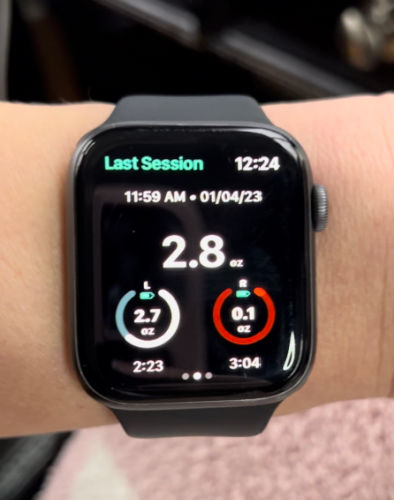
My thoughts are – if you want an app made for exclusive pumpers, get Pump Log. If you want an all-in-one baby tracking app, get Huckleberry. But let me know your thoughts in the comments.
